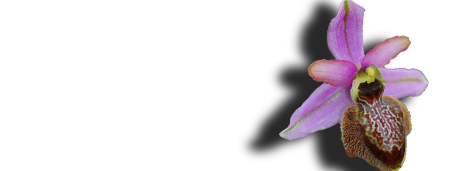

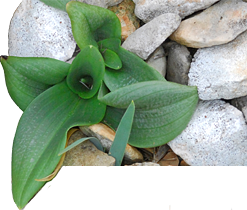
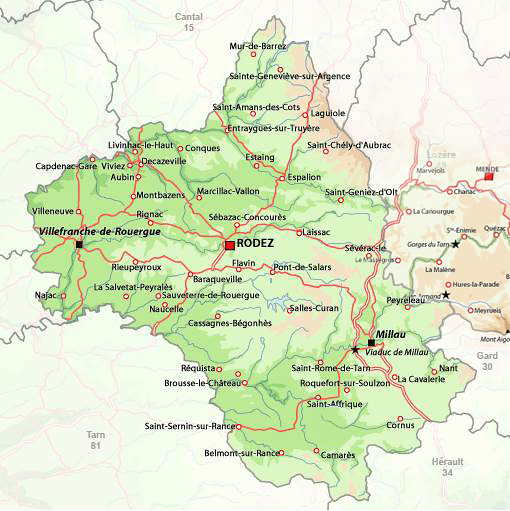 Location map |
Aveyron is one of the largest departments in France. Located to the southern edge of the Massif Central, it is made up of high rocky plateaus cut by deep valleys at the bottom of which flow the rivers Truyère, Lot, Aveyron or Tarn. |


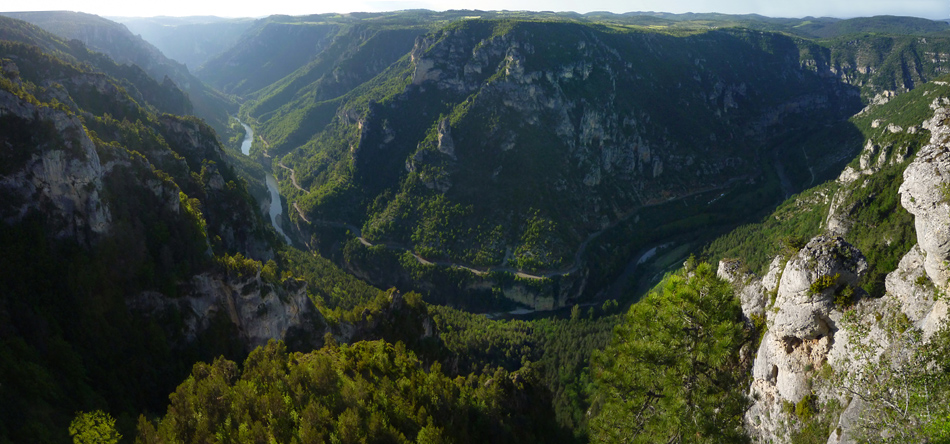
Steppe landscapes of Causse Méjean (top, center). Tarn gorge from the Roc-des-Hourtous (bottom)
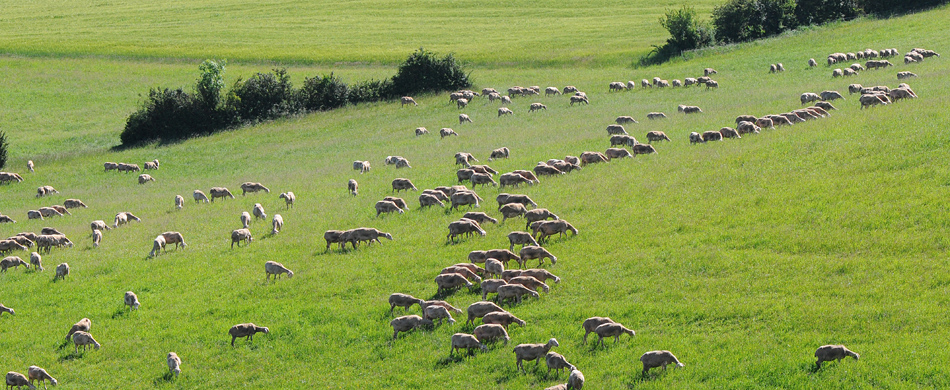
Multi-head trimmer - Plateau of Guilhaumard
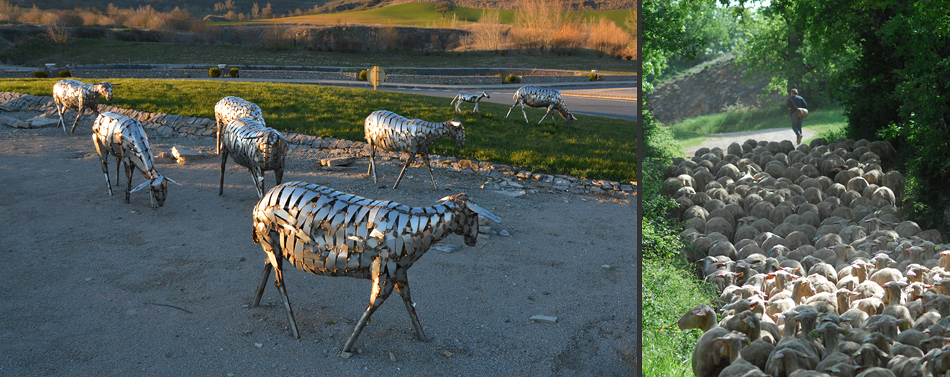
![]() Roundabout - Roquefort-sur-Soulzon
Roundabout - Roquefort-sur-Soulzon![]() Pastoralism - Tiergues
Pastoralism - Tiergues
Aveyron is full of flower species from the most common to the rarest. Orchids have pride of place with 72 species listed out of around 160 listed in France. Among them, two species are particularly emblematic of the Grands-Causses: Ophrys aveyronensis and Ophrys aymoninii. These two gems alone attract a good number of orchids lovers from all over Europe. More common although rare in the south of France, Cypripedium calceolus is also present in the gorges of Tarn river (Lozère) or Jonte river (Aveyron).
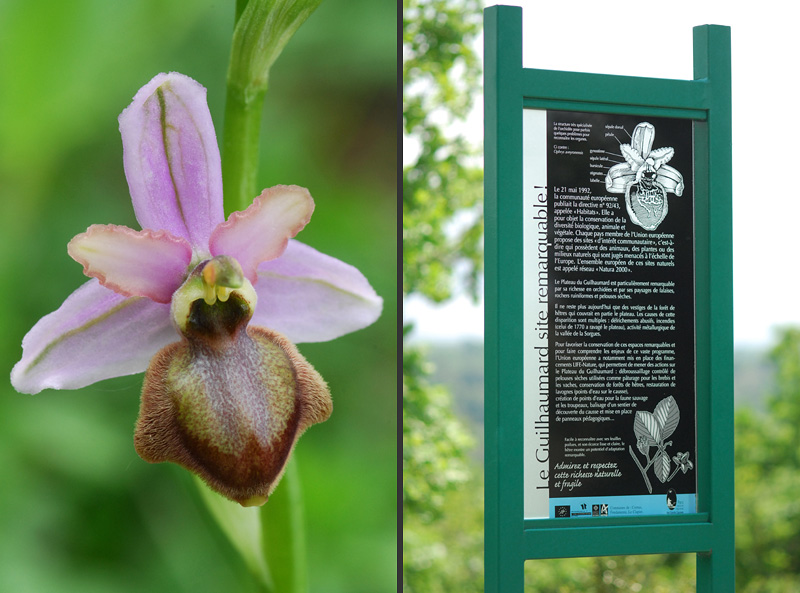
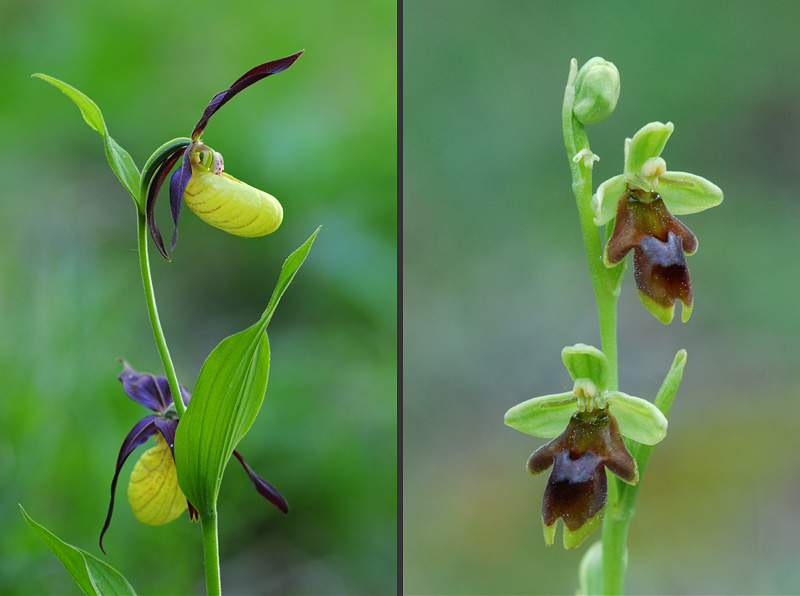
Ophrys aveyronensis, Cypripedium calceolus and Ophrys aymoninii
The Causses of Larzac and Guilhaumard are particularly rich in species. These are sites widely prospected by amateurs who, towards the end of May, survey the dry lawns in search of Ophrys and Orchis. Among the most famous places are the towns of Lapanouse-de-Cernon, La Couvertoirade, Cornus or Le Clapier. Many hybrids are also present on these sites where the undulating relief offers great panoramic views.
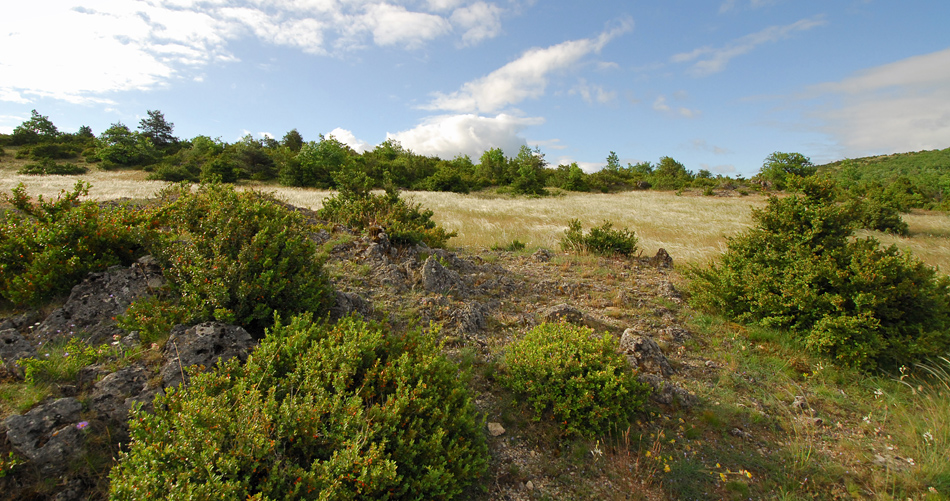
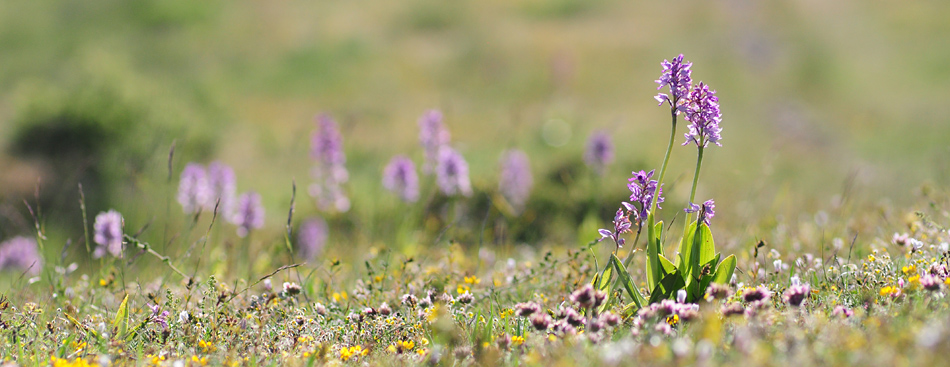
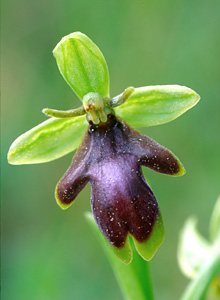 |
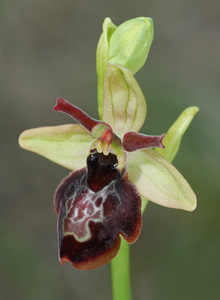 |
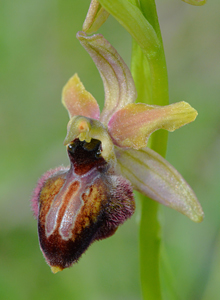 |
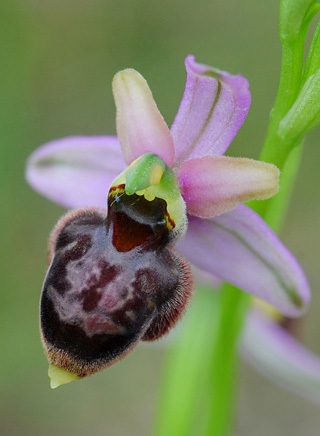 |
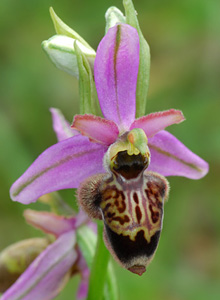 |
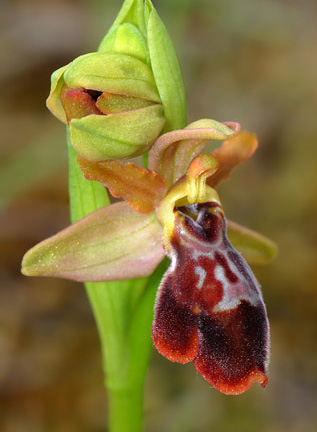 |
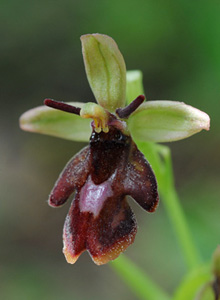 |
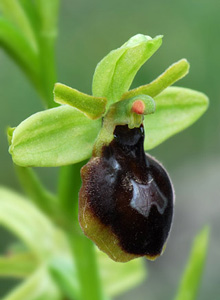 |
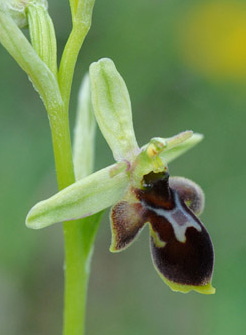 |
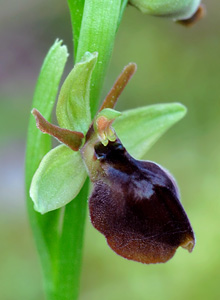 |
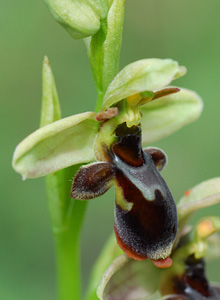 |
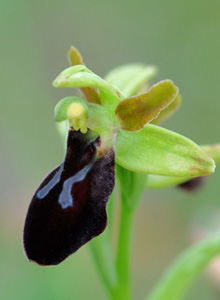 |
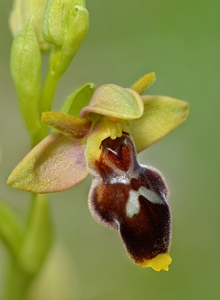 |
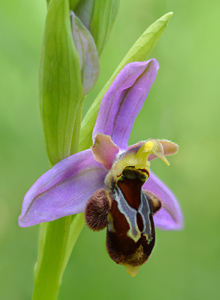 |
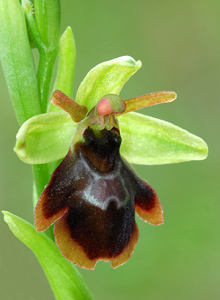 |
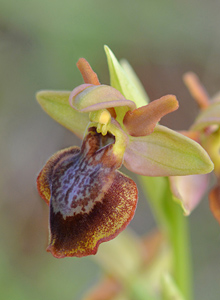 |
Various hybrids of Ophrys (The names appear when the pointer is passed over the photos)
In addition to orchids, many other plants can be observed on the Causses. By the end of May, it is not uncommon to find on dry lawns the elegant Pasque Flower (Pulsatilla vulgaris and its variety costeana), the Causses Aster (Aster alpinus ssp. cebennensis) a close cousin of that of the Alps or the pinnate Stipe (Stipa pennata) also called angel hair. The Poet's Daffodil (Narcissus poeticus) and the Common Aquilegia (Aquilegia vulgaris) prefer more humid environments (meadows, undergrowth or roadside embankments). On the causses, messicole plants such as the cornflower (Centaurea cyanus) or the poppy (Papaver rhoeas) brighten up the cereal fields with their bright colors.
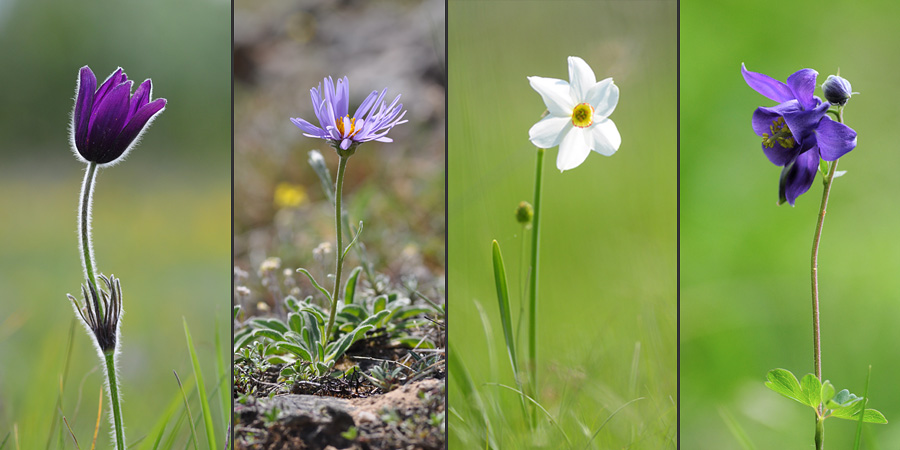
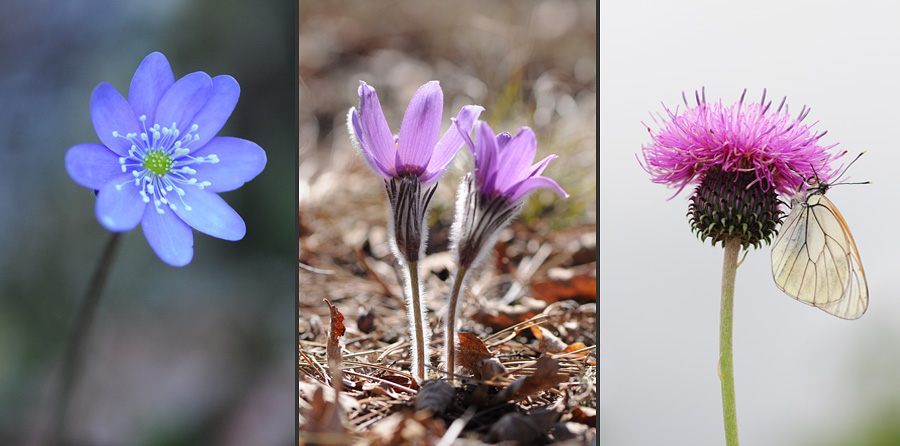
Pasque flower, Causse Aster, Poet's Daffodil, Common columbine, Common hepatica, Pasque flower, Starthistles
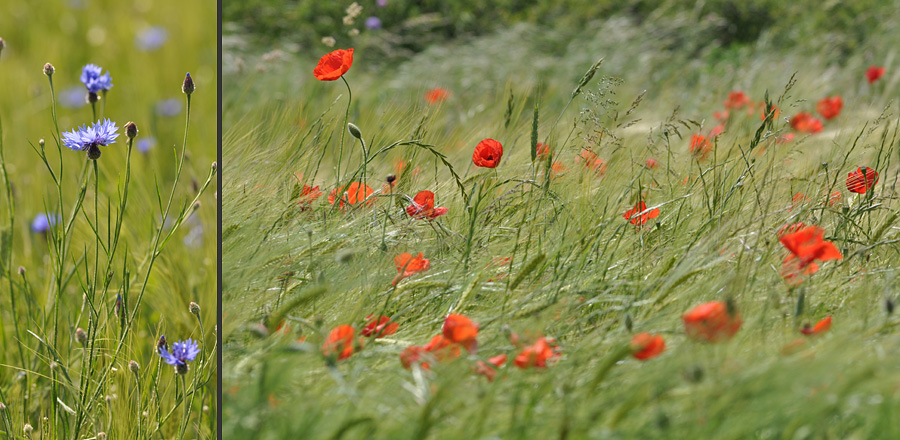
Cornflower and Common Poppy... flowers all the time
On these plateaus the always flush stone constitutes the basic material for the constructions. Lauzes roofs, subtle arches and vaults embellish many farms and hamlets. You can admire the Caussenarde architecture by visiting the Templar and hospitable places of Sainte- ulalie de Cernon, La Couvertoirade, La Cavalerie or Le Viala du Pas de Jaux. Among these listed sites, La Couvertoirade which was built in 1249 by the Templars constitutes a true miniature of the medieval city.
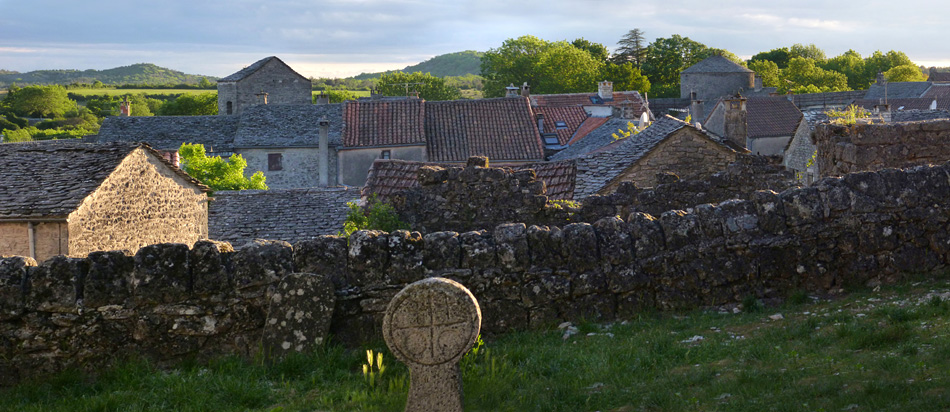
La Couvertoirade
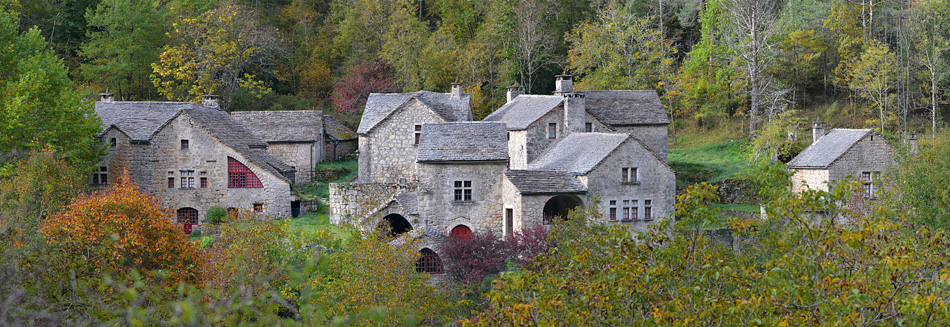
Village of La Crouze (Gorges du Tarn)
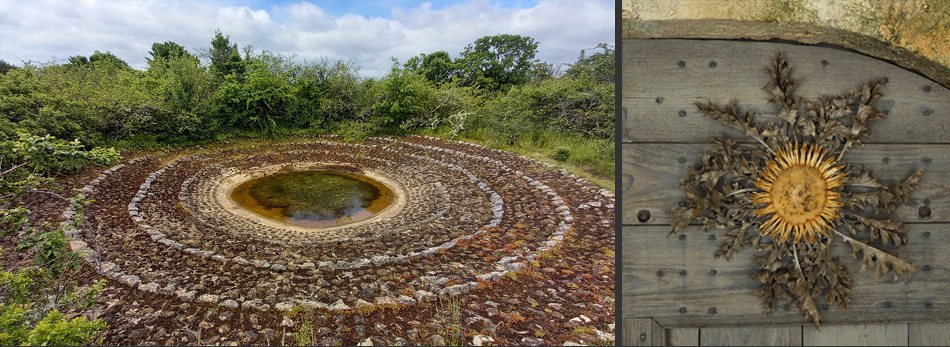
Lavogne (left) and stemless carline thistle (right)

Back to Regions summary![]() Next page
Next page